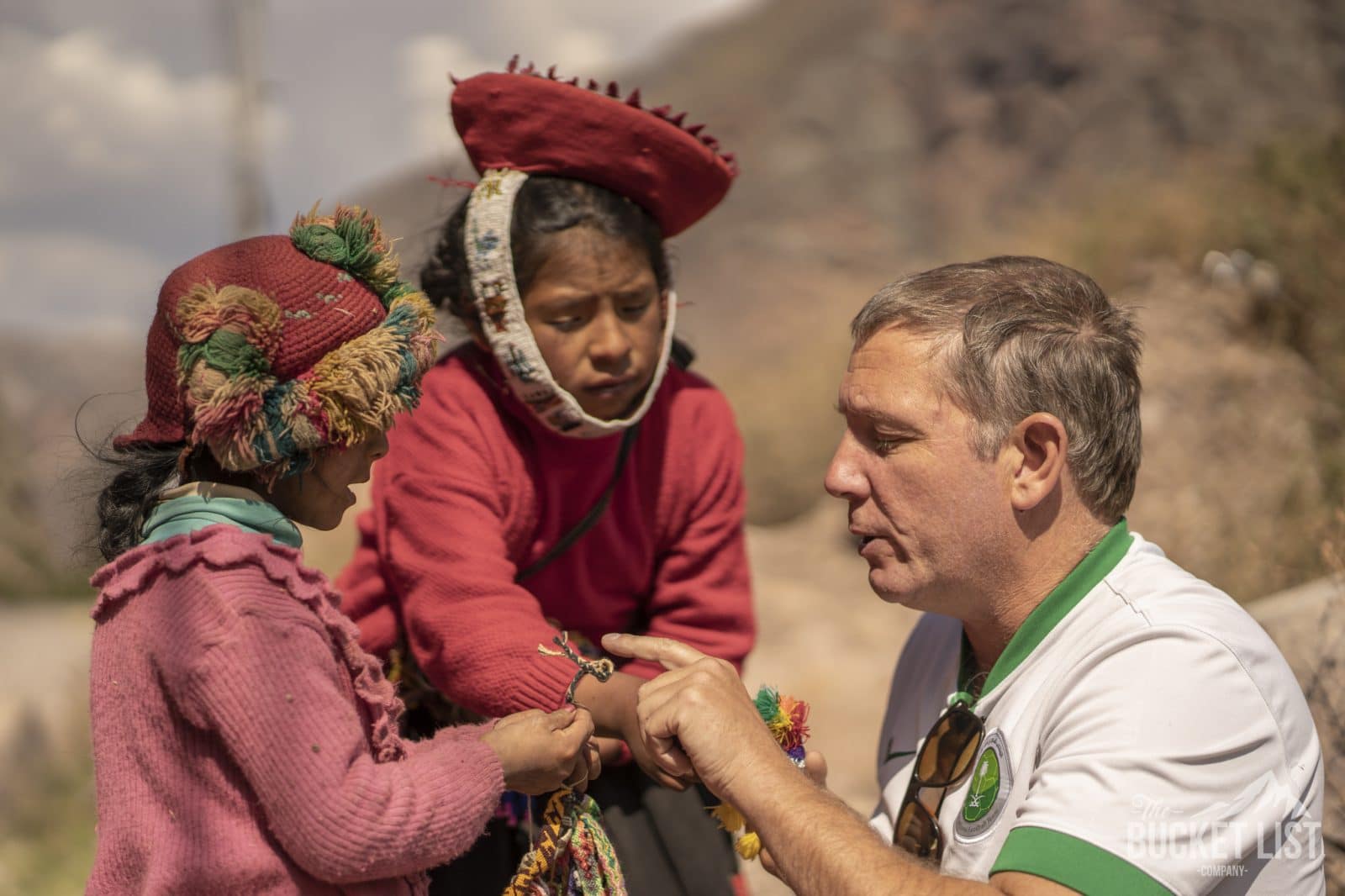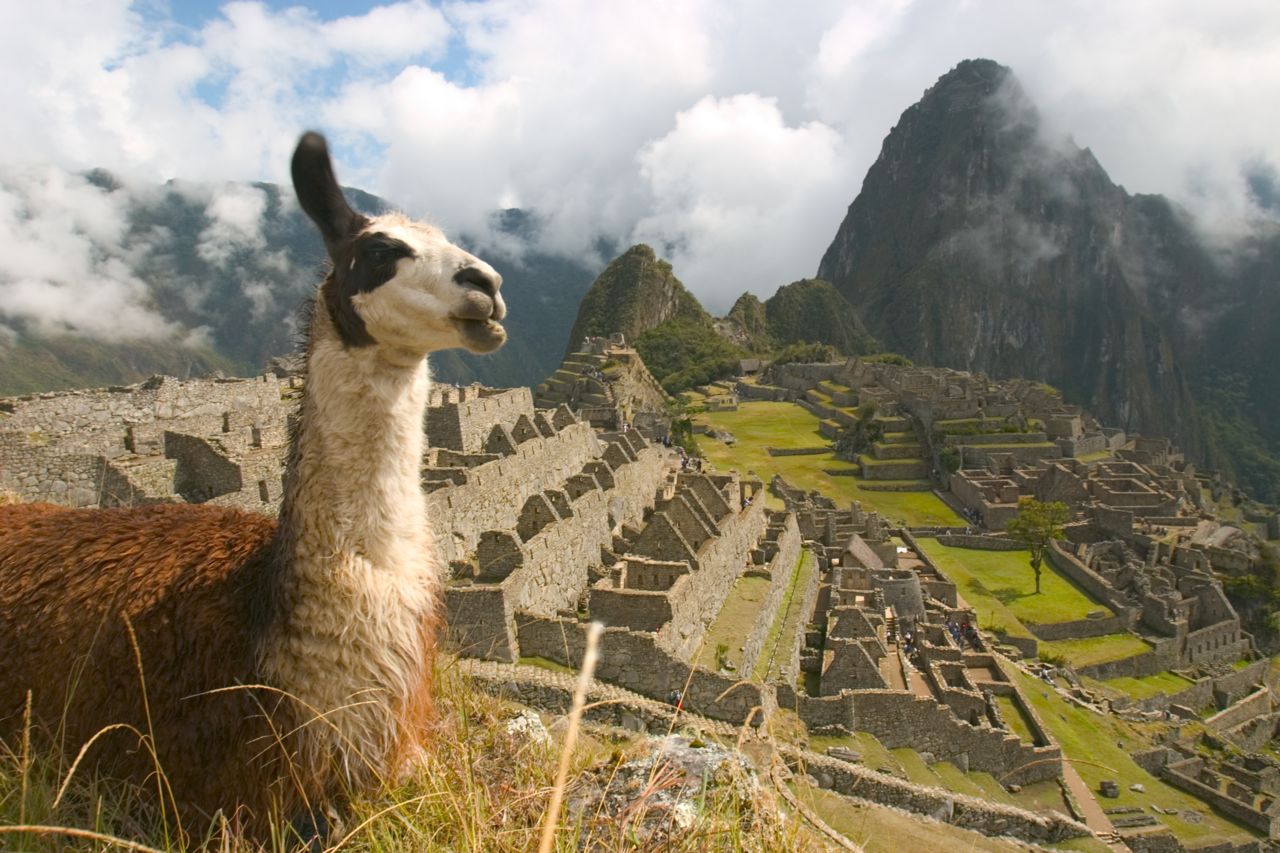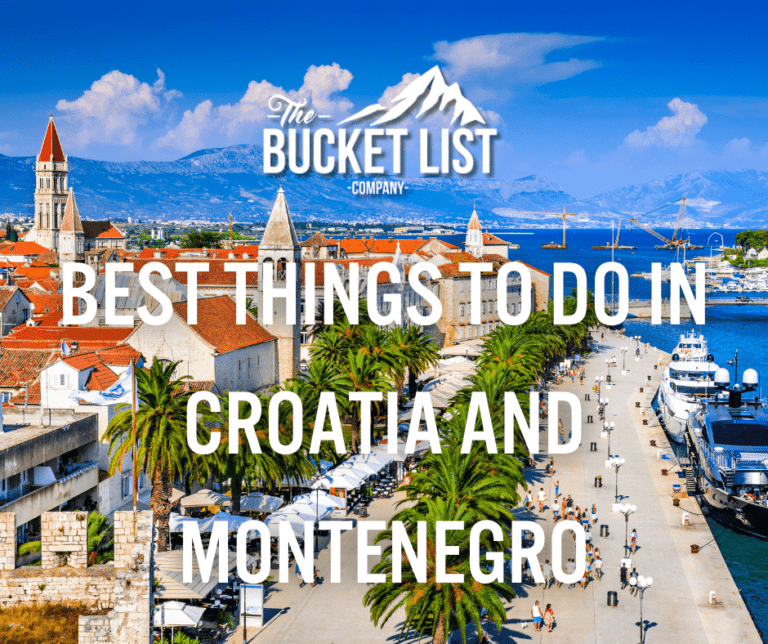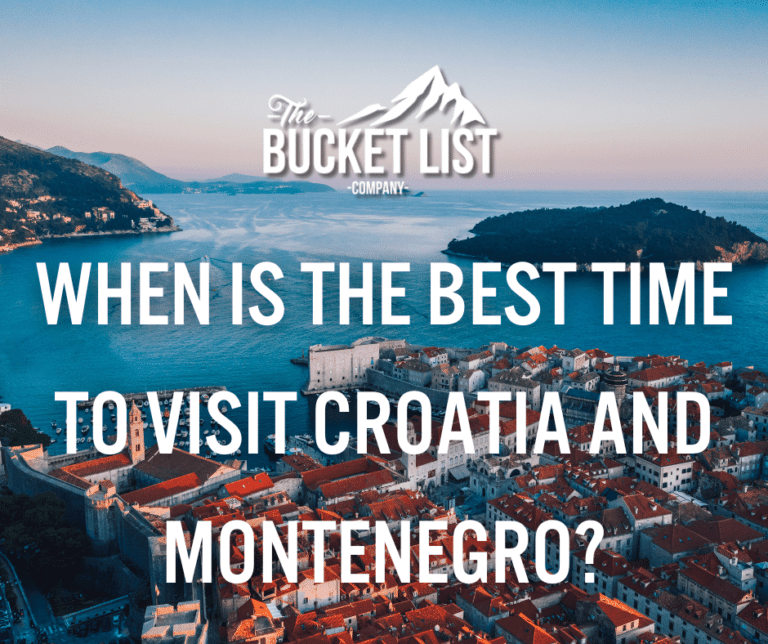Etiquette and religion – what’s this country all about? How should i behave while in Peru?
Peru’s a big place; 496,225 square miles to be precise. Tucked into the central western section of the South American continent, this country’s got a lot going for it.
Nearly a third of the entire country’s population lives in the capital of Lima. This leaves rather a lot of space to play with – so what’s happening out in the sticks? What does culture look like in Peru? What’s the situation regarding religion? And what sort of etiquette do you need to display to fit in best while you’re over there?
Here’s the lowdown on Peruvian culture and community and how to behave while in Peru.
Peruvian etiquette
Wherever you go in Peru, you’ll notice a strong sense of self-discipline practised among the people. As a legacy of the strongly hierarchical pre-Hispanic cultures or perhaps because of European colonialism, Peruvian men in particular are super hot on controlling their emotions. So you may be thinking “How should i behave in Peru?”…Here’s the answer.
Respect for elders holds a firm place among public values too. If you find yourself on a packed bus and an elderly person hops aboard, be sure to offer your seat.
You’re probably not planning on getting married during a brief trip to Peru but, should you, you’d have relatively free choice about who to wed. But you’re likely to be expected to live with your spouse’s family for a while, particularly if you don’t have too much in the way of finances to support your new husband or wife.
So far, heterosexual and monogamous marriages are the only ones sanctioned by the state and the church. But men are allowed to have more than one household to their name, apparently it’s even expected.

Religion in Peru
Since the 1500s, Peru has been Catholic, with a whopping 90% still claiming to be Catholic, the other 10% Protestant.
But several indigenous communities have created their own hybrid form of religion that doesn’t really have a proper name. It’s an interesting mixture of Catholicism and pre-Hispanic traditions, meaning ancient forms of worship under the guide of Catholicism continue.
Indian groups celebrate the indigenous feast of the Inti Raymi (the Summer Solstice) as the feast days of Saints Peter and Paul.
The Peruvian view of an afterlife generally follows Catholic ideas about heaven, purgatory and hell, and even indigenous Indian groups uphold traditions of millenarians and of the second coming of an Inca ruler to punish white colonizers. This means that you should behave respectfully while in Peru.
Peruvian languages
Peru recognises three main languages: Spanish, Quechua and Aymara. Spanish was forced upon the population in the colonial period. It remains the primary language spoken in the system today.
It doesn’t sound entirely like the Spanish you might expect to hear in Madrid though, as the Castillian tongue is combined with plenty of native Quechua terms. Speaking of Quechua…
Quechua was the language originally spoken by the Incas way back when, and it was imposed upon every population they conquered.
These days, it’s still the most commonly spoken language among Peru’s Indian population, though there are many in the south of the country who speak Aymara as their native language. Aymara is spoken by around 1.7 million people indigenous to the Andes and shares many phonologies with Quechua.
The Incas
Aside from Lake Titicaca and Machu Picchu, the mysterious Incas always hover around the top of the list of Peru’s most famous attributes. We know they’re the people responsible for building the magnificent Machu Picchu , but who were they?
From 1200 to 1531, the Incas held an empire called Tahuantinsuyo which stretched all the way from the south of Colombia to the middle of Chile, passing through Ecuador, Argentina, Bolivia and Peru on its way. Its capital was Cusco, in Peru, where its greatest political force was centred.

Inca Legends
Inca legend tells of Manco Capac and Mama Ocllo, the husband and wife descendants of the Sun God. Folklore suggests, the two were tasked with teaching agricultural techniques to the tribes of Lake Titicaca, building houses, clothing them and introducing the religion. They were also told to find fertile land upon which to build an empire… Enter Cusco and, eventually, Machu Picchu.
Prequel legends tell the story of the four Ayar brothers and their wives, appeared in a cave in Pacaritambo in Cusco. The king, changed his name to Manco Capac and went on to become the first of fourteen ancient Inca sovereigns. The two stories seem to make a lot of sense together!
The most remarkable of these 14 sovereigns was Pachacutec, who reigned from 1438 to 1471 and was probably the chap for whom Machu Picchu was built.
The borders and power of the Incan empire grew exponentially until a later emperor died leaving no heir. A bloody civil war broke out, leaving the empire already weakened before the Spanish conquistador Fancisco Pizarro turned up in 1531 and put paid to the Incas altogether, over a period of some 41 years.
No doubt that Peru has a rich and fascinating history. Rather than trying to soak it up from magazines and the Internet, book your Bucket List adventure to Peru.

 Basket
Basket




